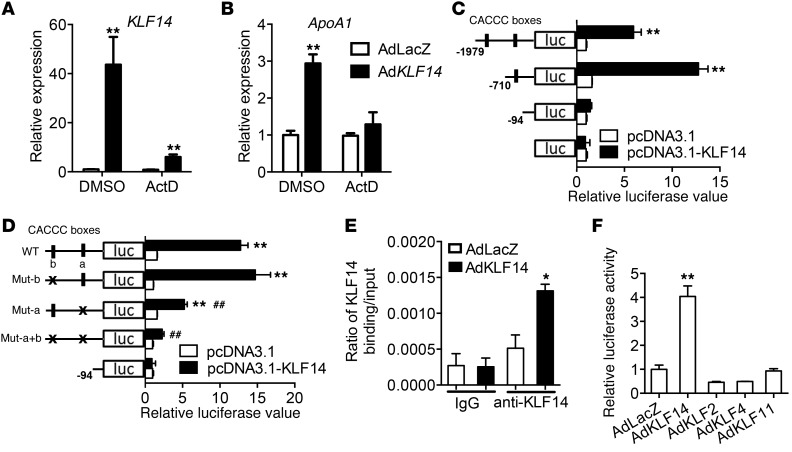Figure 2. KLF14 is a regulator of APOA1 expression.
HepG2 cells were infected with AdLacZ or AdKLF14 for 24 hours and then incubated in medium containing ActD (5 μg/ml) or DMSO for another 24 hours (n = 3). KLF14 (A) and APOA1 (B) mRNA levels were determined by real-time qPCR. **P < 0.01, 2-way ANOVA and multiple comparisons. (C) The structure of human APOA1 promoter used in the luciferase assays indicating 2 putative CACCC-box KLF-binding sites. Expression of KLF14 with human APOA1 promoter assay demonstrated that KLF14 significantly increased ApoA-I luciferase activity (n = 3). **P < 0.01, compared with control vector, 2-way ANOVA and multiple comparisons. (D) Mutations of the 2 putative KLF-binding sites demonstrated ApoA-I expression is dependent on KLF14 and CACCC-box binding sites (n = 3). **P < 0.01, compared with pGL4-basic vector; ##P < 0.01, compared with APOA1 promoter WT, 2-way ANOVA and multiple comparisons. (E) ChIP assay revealed significant enrichment of KLF14 protein on the human APOA1 promoter in HepG2 cells (n = 3). *P < 0.05, 2-way ANOVA and multiple comparisons. (F) Luciferase activity assay demonstrated that KLF14, not KLF2, KLF4, or KLF11, led to an increase in APOA1 promoter activity in HepG2 cells (n = 3). **P < 0.01, 2-way ANOVA and multiple comparisons. Representative of at least 3 experiments.

